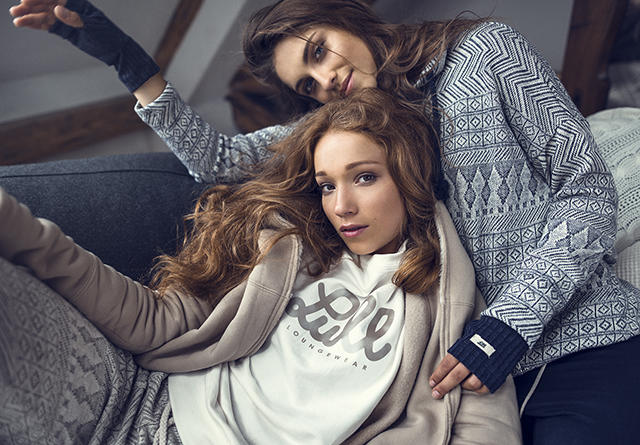|

At LULL we are supporters of ecological fashion. Eco-friendly fashion or sustainable fashion is a part of the Sustainable Development approach. That is why if follows its standards and principles: Reduce, Reuse, Recycle – use less, use again, use in a different form!
Let us explain what it really means and how you can start behaving ecologically and sustainably in fashion and out of it as well!
Ecological fashion, i.e. ECO-LOGIC fashion means the rational and environment-friendly fashion that takes into account its impact on the environment during its production. Fashion industry, in general, is the second most crucial polluter of our planet, right after oil industry. Due to the current trend in fashion already described in the previous article, it is unfortunately so. But we are consumers of fashion industry and therefore, we have a choice to behave ecologically and we can do it.
The principles of eco-logical fashion
.jpg) 1. Do not buy so much (reduce) 1. Do not buy so much (reduce)
Excessive over-production in fashion industry, new shop-windows every week, or cracking seasonal sales in international chains - all that forces us to buy a lot, to buy in sale and basically to buy everything! In the end, not only we have no place in the wardrobe, but we do not have time and occasion to wear all that.
Therefore, the fundamental value to be adopted, not just in fashion, is simplicity, which means to have a sense of moderation. Buy the things made of quality materials and timeless designs that you can use for years. That is why we pay very special attention to quality materials.
2. Sort out your wardrobe and swop your clothes (reuse)
Sorting out the old pieces you no longer wear is a basic thing. As if you breathe fresh air into your wardrobe. We know, it was easier when we were kids and we just sorted out all what we had grown out of or what we had torn or destroyed. As adults, we have to learn how to sort out our clothes differently. For example, now when summer has finished, it is the ideal time to do so. I bet that in your wardrobe you will find dresses or T-shirts that you did not wear the whole summer, maybe the past year. They were simply not your favourite ones or you have nothing to wear with them. It is a clear message that you will probably not find your way to them the next season either.
I am not telling you to throw these pieces right away. It would not be very ecological. If your clothes are in good conditions or you have not worn them at all, you can organise a "bazaar" and try to swop them with your friends. If you do not have the same sizes, simply take a picture of the outfits and try to offer them on the internet, either in exchange for something or for a nominal charge. Another option is to offer them to a second-hand shop or a vintage clothing boutique.

3. Recycle
Textile is one of the materials that can be perfectly recycled, i.e. it can be used for another purpose. For example, at home, you can use your old clothes as cloths when dusting, or to cover furniture when painting.
But there is also a possibility of recycling textiles, which is arranged by some companies. Textile, mainly second-hand clothing that has not been sold or unwanted clothing placed into the collection-point containers for people in need, goes to such processing companies. Textile is then recycled to new materials that are reused in textile industry again, such as padding material in furniture or car seats, or even for insulation of houses. |